Blog Posts Tagged Technical Content
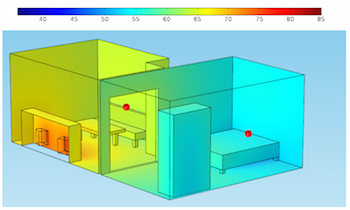
Sweet Dreams with Diffusion Acoustics
Did you know that the acoustic diffusion equation is the quickest and easiest way to model high-frequency acoustics? Get an introduction to the concept of acoustic diffusion here.
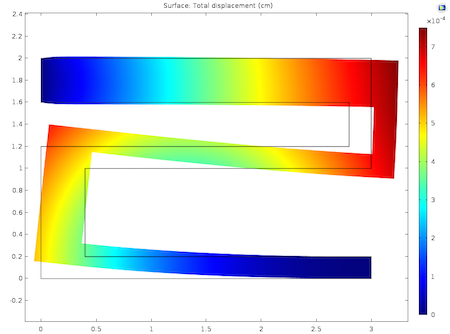
How to Model Hygroscopic Swelling
Hygroscopic swelling occurs in various sectors of industry, from wood construction and paper to electronics and food processing. Learn how to model this phenomenon in COMSOL Multiphysics®.
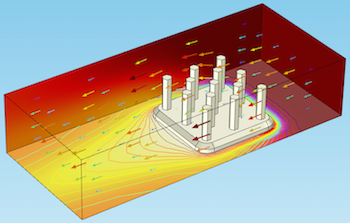
Useful Tools for Postprocessing in COMSOL Multiphysics
Layering plots; style inheritance; enabling and disabling grids, axes, and legends; showing mesh plots, and more: We go over some useful tools for postprocessing your simulation results.
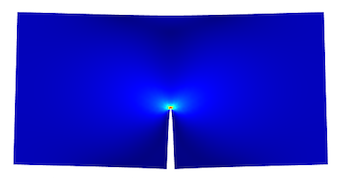
Singularities in Finite Element Models: Dealing with Red Spots
Seeing red? Explore common causes of singularities in your finite element models, as well as when and how to remove them and how to interpret your simulation results.
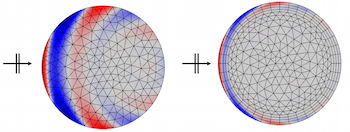
Modeling of Materials in Wave Electromagnetics Problems
Get an introduction to the various material models that are relevant to modeling wave electromagnetics problems in COMSOL Multiphysics®.
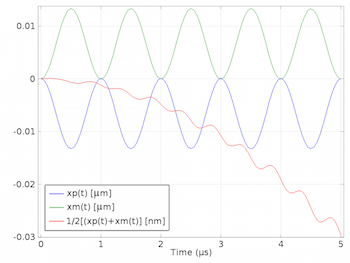
Direct FSI Approach to Computing the Acoustic Radiation Force
In a follow-up to a previous blog post, we demonstrate a direct fluid–structure interaction approach for computing the acoustic radiation force in COMSOL Multiphysics®.
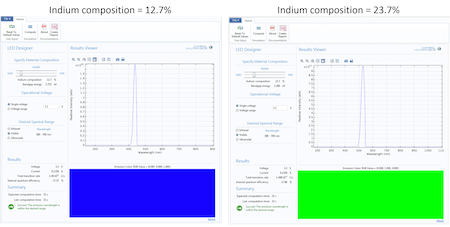
Creating a Wavelength Tunable LED Simulation App
Learn how to turn a model of an LED device into a user-friendly simulation app, which can then be used to assess the impact of different designs on the LED’s emission characteristics.
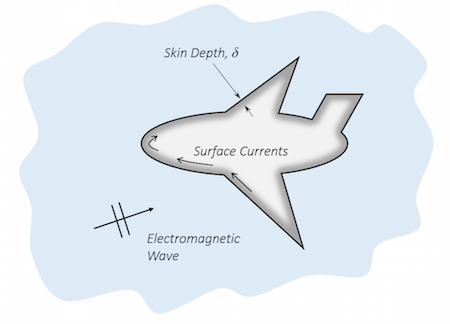
Modeling Metallic Objects in Wave Electromagnetics Problems
What is a metal, anyway? These materials are highly conductive and very good at reflecting incident electromagnetic waves, including light, microwaves, and radio waves.

Parallel Universes, Schrödinger, Hawking, Borges, and One Direction
“It would not be beyond the realms of possibility that somewhere outside of our own universe lies another different universe — and in that universe, Zayn is still in One Direction.”

Modeling Thin Dielectric Films in Optics
Interested in modeling optical systems with dielectric films? Get an overview of some of the built-in tools in the Ray Optics Module for these modeling scenarios.
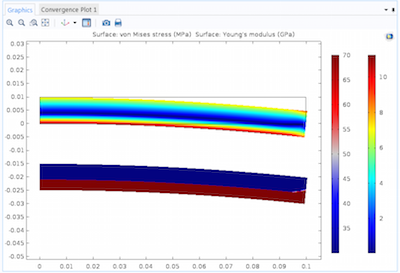
Part 2: Obtaining Material Data for Structural Mechanics from Measurements
Learn how to use nonlinear elastic and elastoplastic materials, as well as a method for using your measured data directly in COMSOL Multiphysics®. Part 2 of a series on hyperelastic materials.
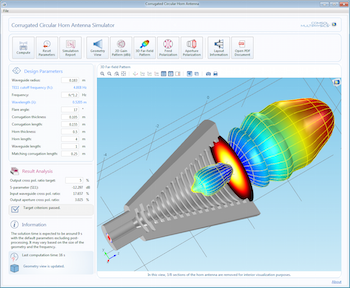
How to Create a Simulation App: Horn Antenna Demo
Get a comprehensive overview of what a simulation app is. We use the Corrugated Circular Horn Antenna Simulator demo app to demonstrate some of apps’ many benefits.
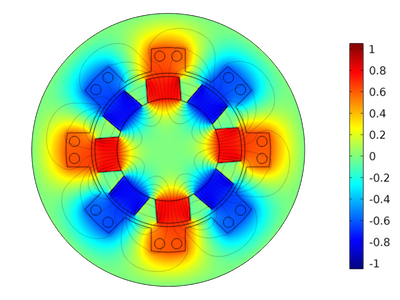
How to Model Rotating Machinery in 3D
There are many different types of electrical machines, but rotating machines like generators and motors play a major role in our modern industrial society. Learn how to model these systems in 3D.
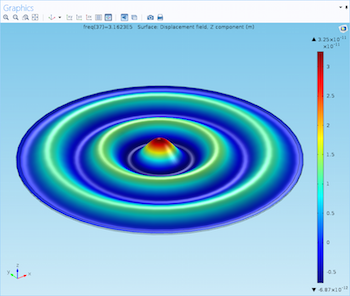
Using Deformations to Visualize Physical Motion
Postprocessing and visualization can help enhance your understanding of simulation results, and using plots to illustrate physical motion allows you to put everything into perspective.
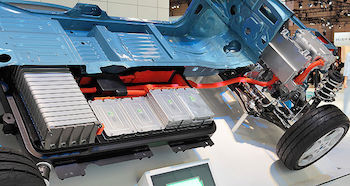
Do Hybrid and Electric Vehicles Have the Pulling Power?
Designers of hybrid and electric vehicles need to have a good understanding of how the car’s lithium-ion battery operates to ensure both performance and safety.
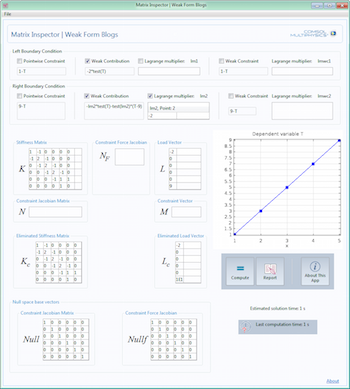
Implementing the Weak Form with a COMSOL App
First we implement the weak form equation and examine its matrices. Then we create a simulation app that displays all relevant matrices at once, arranged logically on one screen.

Which Module Should I Choose for Working with My CAD Data?
We go over which add-on module or LiveLink™ interfacing product is best for your modeling scenarios involving CAD data. Get a comprehensive overview here.
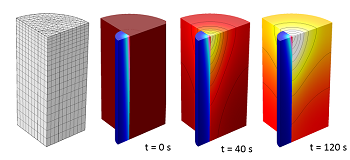
Modeling Laser-Material Interactions with the Beer-Lambert Law
Did you know that you can use the Beer–Lambert law to model laser–material interactions in COMSOL Multiphysics®? Learn how here.
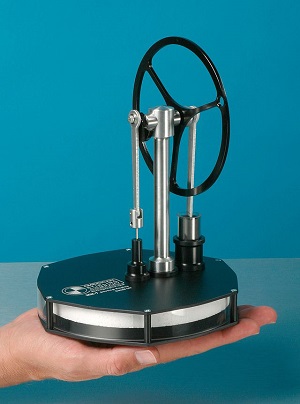
How Can I Build an Efficient Stirling Heat Pump?
Did you know that heat pumps are also called Stirling engines? These systems can operate on incredibly low temperature differences — some only need human body heat to work!
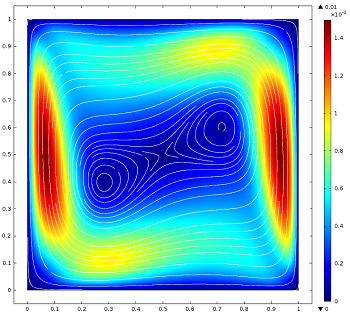
Using the Boussinesq Approximation for Natural Convection
Today, we compare the Boussinesq approximation to the full Navier-Stokes equations for a natural convection problem. We also show you how to implement the Boussinesq approximation in COMSOL Multiphysics software and discuss potential benefits of doing so.
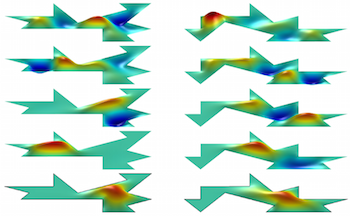
Can We Hear the Shape of a Drum?
Over half a century ago, Mark Kac gave an interesting lecture on a question that he had heard from Professor Bochner ten years earlier: “Can one hear the shape of a drum?”
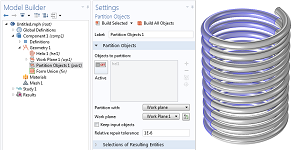
Improving Your Meshing with Partitioning
It can be tedious to subdivide your CAD geometry into a finite element mesh. In this blog post, we demonstrate how to use a manual meshing method called geometric partitioning to do so.
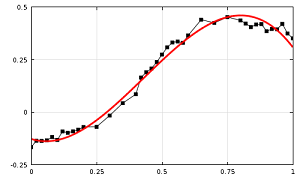
Curve Fitting of Experimental Data with COMSOL Multiphysics
Have you ever had to work with experimental data in a model? Learn how to fit smooth curves and surfaces to experimental data using the core functionality of COMSOL Multiphysics®.
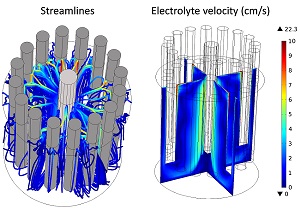
Modeling Current Distributions in a Molten Salt Electro-Refiner
A guest blogger from SIMTEC discusses how he uses simulation to analyze current distributions in a molten salt electrorefiner. Get details here >>
